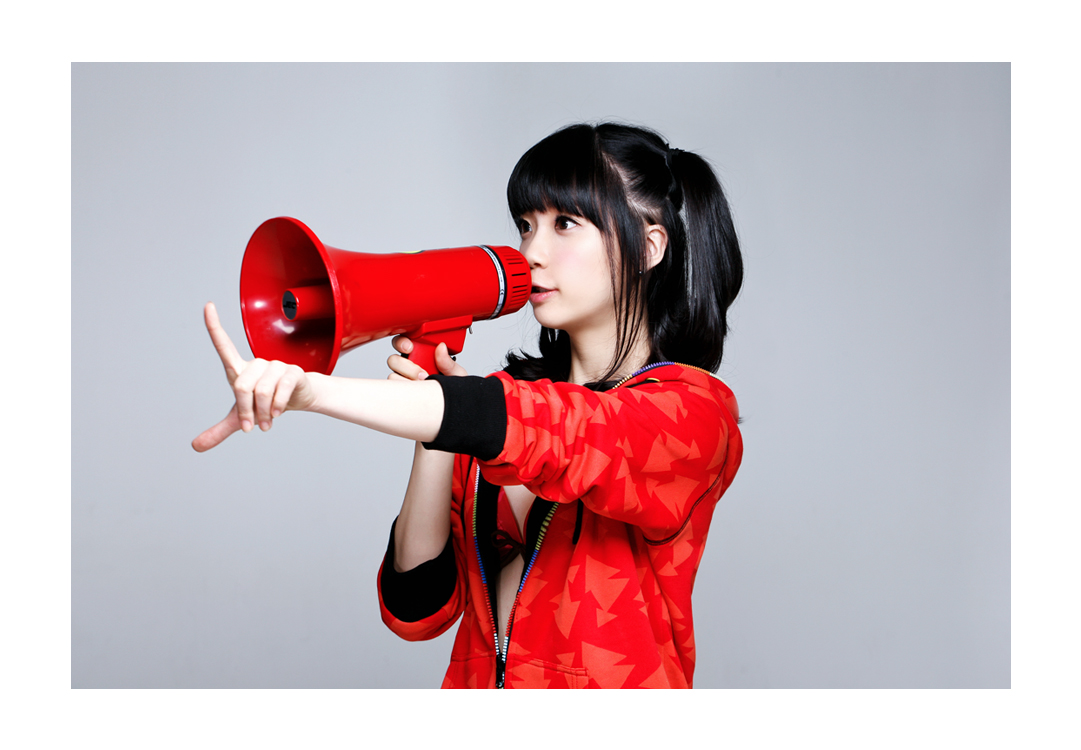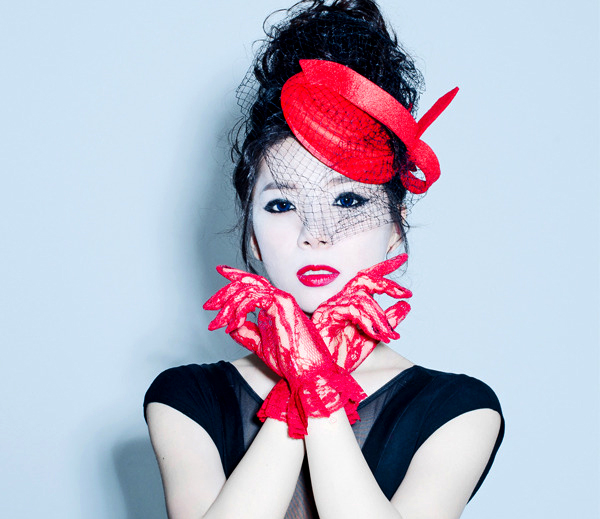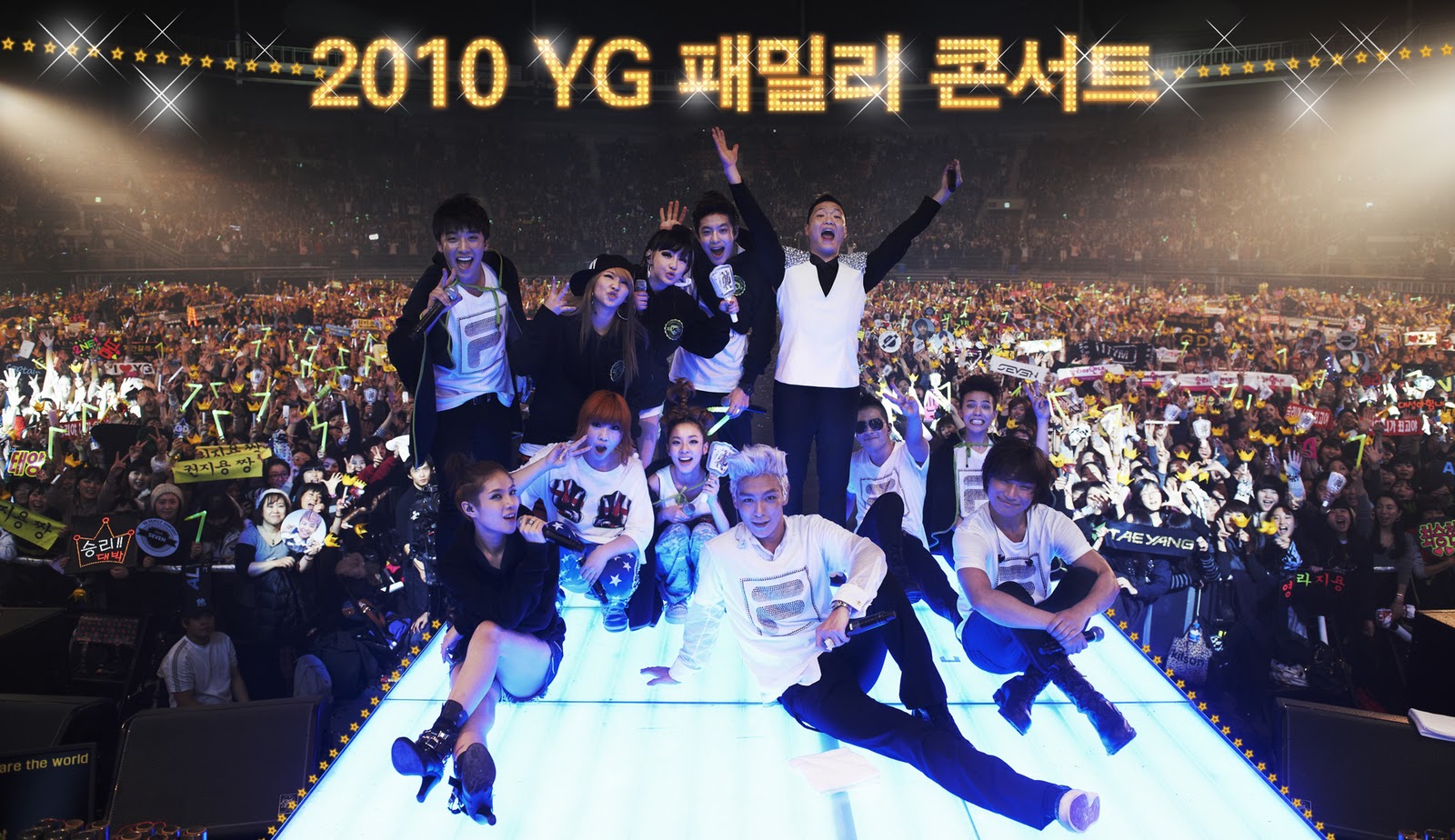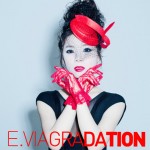
E.Via came back at the beginning of May with a new album and a new video. Controversial as expected, the video for ‘Crazy Fate’ was restricted for 17+ (according to the Western age system). There is also another version of the video, without age restrictions, but it is censored and it’s missing out on some of the good stuff the uncensored version has.
Without further ado:
Storyline and symbolism – 4/5
The video constitutes a succession of sequences meant to depict the feelings of the song, alternating close-up shots of E.Via or Lee Soo singing with scenes concentrating on a couple (Seo Sun/Han Hyuck-jin). It doesn’t have a storyline per se, opting for symbolism rather than a narrative format.
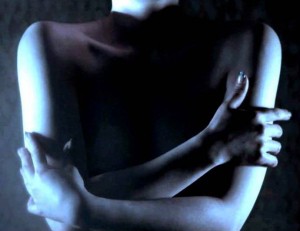 The MV begins with the sound of an ambulance, followed by E.Via’s heavy breathing. The focus is then placed on the rapper, who robotically delivers her lines. As Lee Soo’s part follows, a naked woman is shown embracing herself, waiting for her lover to step in the room. After the chorus is over, E.Via is again the center of attention, collapsed on the floor, in the same room, the powerless movement of her hand indicating she is still alive. By the time the second chorus kicks in, there is another image of the couple sitting in bed, followed by a shot of the woman looking in the mirror. Heart monitor sounds can be heard while the atmosphere is dominated by E.Via’s breath and Seo Sun’s lines. A gruesome, (literally) bloody kiss follows as the rapping starts again. Meanwhile, the singer holds her heart in her hands (again, literally). The song goes on and a naked body appears in the room where E.Via has been sitting. Rapid shots of another kiss and broken mirrors help conclude the video. The rapper slowly closes her eyes as the music fades and the heart monitor announces her heart has stopped beating.
The MV begins with the sound of an ambulance, followed by E.Via’s heavy breathing. The focus is then placed on the rapper, who robotically delivers her lines. As Lee Soo’s part follows, a naked woman is shown embracing herself, waiting for her lover to step in the room. After the chorus is over, E.Via is again the center of attention, collapsed on the floor, in the same room, the powerless movement of her hand indicating she is still alive. By the time the second chorus kicks in, there is another image of the couple sitting in bed, followed by a shot of the woman looking in the mirror. Heart monitor sounds can be heard while the atmosphere is dominated by E.Via’s breath and Seo Sun’s lines. A gruesome, (literally) bloody kiss follows as the rapping starts again. Meanwhile, the singer holds her heart in her hands (again, literally). The song goes on and a naked body appears in the room where E.Via has been sitting. Rapid shots of another kiss and broken mirrors help conclude the video. The rapper slowly closes her eyes as the music fades and the heart monitor announces her heart has stopped beating.
The symbols aren’t subtly introduced in the video, an ‘in your face’ approach being preferred instead. The couple, despite being physically intimate, displays no signs of affection. When it comes to them, everything looks unnatural. The guy entering the room fully dressed while the girl is waiting there naked, the scenes showing them in bed, the corpse-like bodies lying next to each other and culminating with their painful kiss create the image of two strangers forced to follow the same routine. The broken mirrors introduce the idea of self-deprecation, the girl being unable to face herself after being left. The two lovers’ faces aren’t shown, indicating an identity loss. These lead to an emotional block, expressed throughout the video by minimal movements, unemotional singing and blank stares. The image of E.Via handing her heart accentuates the feelings of despair, meaninglessness and pure suffering.
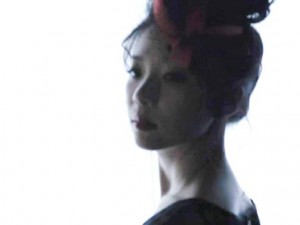 Illness and death are also recurring motives. The inability to breathe suggests the girl’s refusal to go on, being stuck for an undefined period of time. Her nearly immobile body further emphasizes the inertia of her inner self. The blood and the artificial nature of the kiss highlight the lack of involvement from both the girl and the boy.
Illness and death are also recurring motives. The inability to breathe suggests the girl’s refusal to go on, being stuck for an undefined period of time. Her nearly immobile body further emphasizes the inertia of her inner self. The blood and the artificial nature of the kiss highlight the lack of involvement from both the girl and the boy.
The heart references (the removal from the body, the signs of inactivity) aren’t symbols of desperation or love loss. It actually reinforces the connection between this love and their lives. The impossible return to a happier stage of the relationship is the cause for them not finding their will to live. Even if the lyrics offer a glimpse of hope here and there, the video ends with her dying, this being the natural consequence of the separation.
Cinematography – 4.5/5
Chromatics play an important role in this video. There is hardly any color. E.Via is wearing black, mourning for the break-up and implicitly for her death. Red is the only strident color being used, associated with both blood (the kiss scene) and love (the rapper’s clothing). The gray hues are perfect to induce the sorrow-filled mood. The colors and the lightning manage to give the impression of dead bodies instead of two young people lying in bed. The scenes depicting intimacy between them and sex allusions become hard to watch; there is no chemistry between them, they are so lifeless that they don’t seem to feel the physical contact. And not only does it work to express the couple’s coldness towards one another, but also creates a wintry feel throughout the whole video; the iron bed and the sheets seem uncomfortable and cold, the furniture dusty and the surfaces cold and rusty.
The video is set in an old house, a safe choice for a video about a break-up. It accentuates the feeling of being stuck. None of the characters or the singers leave the house. They sometimes glance out of the window, but the public never gets to see what is outside. It is similar to Miss Havisham’s case, with the person in question trying to 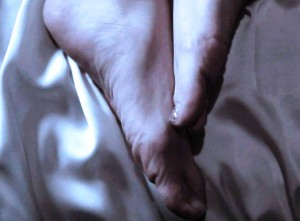 enjoy a long-gone happiness by making desperate and ultimately pointless attempts to stop the time where things were better.
enjoy a long-gone happiness by making desperate and ultimately pointless attempts to stop the time where things were better.
Matching their way of singing, the camera goes closer or farther away abruptly and unexpectedly. The pace accelerates with the video. If at the beginning, one gets to watch two long shots of E.Via rapping, the shots’ advancement gets faster and faster, keeping in line with the song progression. Except for the singers, the others’ faces are barely shown, contributing furthermore to the concept of a damaged self. Their silhouettes are blurred in and out, inducing the idea of confusion and in-determination. The gradual transition from the couples in bed to the kissing scene and the patience with which these shots are handled contrast the fast succession of images that occur once E.Via is shown offering her heart.
Image – 3.5/5
It is far-fetched to call E.Via’s change ‘evolution’. ‘Different’ would be a most adequate word term. It is another approach, giving her chance to alternate styles. But in light of her previous works, it is not that superior. The rapper’s aegyo has usually been used with sarcasm or irony, some of her supposedly cute songs being filled with sexual innuendos. Besides, the artist has showed diversity and flexibility until now: ‘Oppa, can I do it?’ is sexually provoking, ‘Hey!’ mocks the typical girl groups and ‘Diary’ shows a more sensitive side. Her latest concept doesn’t beg to differ. ‘Mature’ is also a misused word in her case. If anything, ‘Crazy Fate’ is less fun. She takes herself more seriously, but otherwise, darker clothes and abandoned houses aren’t an accurate signal of improvement.
Emotional expression – 4/5
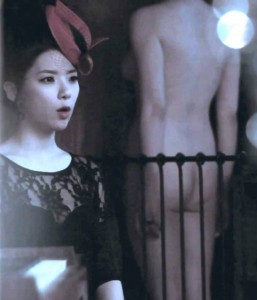 E.Via and Lee Soo’s singing is mechanical. Their bodies don’t move, their eyes aren’t looking anywhere. This compliments both the video and the song fairly well. The apparently emotionless rapping is merciless and sharp, leaving no room for hope. The muscles of her face and body become tenser and tenser, looking as if she is going to explode at some point and scream at the top of her lungs. This doesn’t happen, however, and instead, there is a short break in the song, followed by a mood change. E.Via is more emotional, showing frustration and anger and culminating with her getting up and rapping in front of a mirror.
E.Via and Lee Soo’s singing is mechanical. Their bodies don’t move, their eyes aren’t looking anywhere. This compliments both the video and the song fairly well. The apparently emotionless rapping is merciless and sharp, leaving no room for hope. The muscles of her face and body become tenser and tenser, looking as if she is going to explode at some point and scream at the top of her lungs. This doesn’t happen, however, and instead, there is a short break in the song, followed by a mood change. E.Via is more emotional, showing frustration and anger and culminating with her getting up and rapping in front of a mirror.
Lee Soo sends off though a different message. He is sad, melancholic, but resigned, in a state of acceptance, probably because he is the one to initiate the break-up. If his alleged lover can’t move on and tries to hold onto what’s left, he appears to be stagnant also, but contemplative and passive.
Final rating: 4/5
E.Via was never incredibly popular. She is trying to reach out to the public, which is visible here too. While the music video is thought-provoking and suggestive, it can look on the other hand as a desperate attempt to appeal. Overall, it was enjoyable, unsettling and fascinating to a certain degree. What are your thoughts on this one? What about the new E.Via?
(Dline Art Media, Hanaro)
